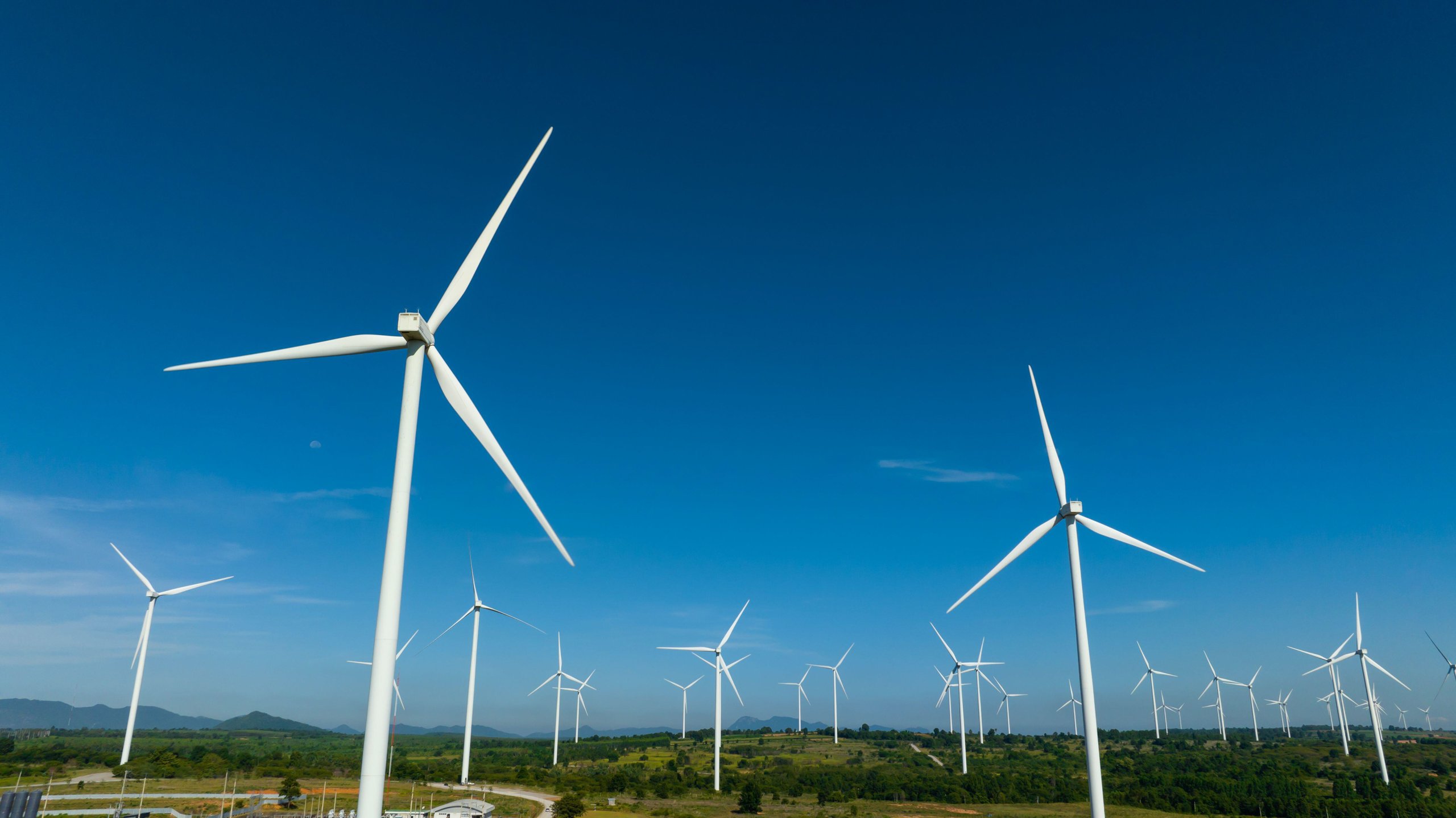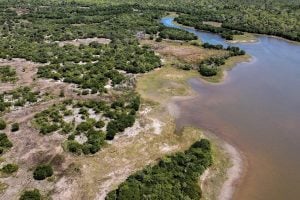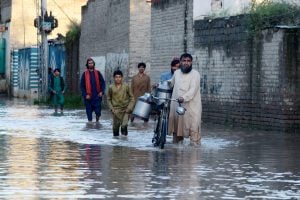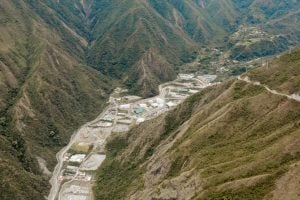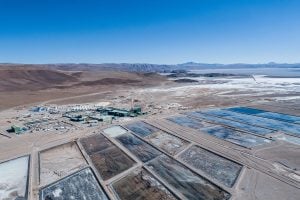The Asean region stands at a crossroads in its energy journey. Amid growing demand from industry, rising carbon emissions from fossil fuel reliance, and the pressing need for sustainable growth, the region has an opportunity to redefine its energy future. Enhanced power cooperation, resource sharing and grid connectivity can pave the way to more inclusive approaches to energy sector development.
Our recent analysis for Ember – the energy thinktank we represent – conveys the need for a robust regional energy supply. This need is driven primarily by demand from data centres and the expansion of manufacturing industries. Currently, there are 1.5 gigawatts (GW) of data centres in operation in Asean, over 500 megawatts (MW) under construction and nearly 2 GW being planned. Malaysia’s data centre market is projected to grow by 13.9% between 2024 and 2029; Indonesia and Thailand have been attracting data centre investments, largely shifting from Singapore; meanwhile, Asean’s manufacturing sector is forecast to grow from USD 1.7 to 2.3 trillion between 2018 and 2029.
In 2023, Asean’s clean energy production failed to keep up with a 3.6% rise in electricity demand, which was entirely met by fossil fuels. That demand is expected to rise by 41% by 2030, based on 2023 levels. If this rise is to be met with renewable energy sources, it will necessitate a three-to-fivefold increase in renewable capacity by 2035. With their costs falling, solar and wind power could be adopted at an accelerated pace in Asean. In 2023, however, only 2.7 terawatt hours of solar capacity was added.
These developments present a challenge and an opportunity: how can this increased electricity demand align with the region’s clean energy ambitions?
The power of regional interconnectivity
Grid interconnections within Southeast Asia could drive a more sustainable energy future.
Regional solar and wind power complement each other, because solar peaks at midday and wind tends to be stronger at night. Additionally, comparisons of capacity factors (how efficiently a power plant operates compared to its maximum annual potential output) show that in Asean, wind and solar have both seasonal and monthly complementarity. For example, our calculations show that wind power in Laos – with a capacity factor reaching 33% from January to February and 48% from October to December – can complement wind power in Thailand and solar power in Peninsular Malaysia and Singapore, both of which achieve up to 20% from March to September. (Solar and wind power commonly have capacity factors of 10-30%, since both are dependent on weather conditions.)
In the Philippines, Peninsular Malaysia and Singapore, peak electricity consumption is recorded in the daytime, suggesting that a much greater proportion of daytime demand could be met by solar power. All these factors make grid interconnection crucial, facilitating renewable energy sharing between countries with abundant resources and those with limited capacity.
Despite nearly three decades of discussions regarding the Asean Power Grid, progress has been slow. Out of 18 interconnection plans, only eight have been completed. This has added 7.7GW of cross-border transmission capacity.
Many of these arrangements are enabled by long-term power purchase agreements for bilateral energy trading. Under these arrangements, Laos has become the leading exporter of hydropower in Southeast Asia: export revenues exceeded USD 2.3 billion in 2022, with key markets including Thailand, Cambodia, Vietnam, Singapore and China.
Currently, the Laos-Thailand-Malaysia-Singapore power integration project (LTMS-PIP) is the only multilateral power trading initiative in Asean that operates through the bloc’s power grid. As the Asean Power Grid framework evolves, it will have the potential to boost economic growth, energy security and sustainable practices across the region.
Further expansion of solar and wind energy could open up market opportunities in Laos and other countries. Recent advances in power purchase agreements, electricity trading and carbon markets in Vietnam, Malaysia and Thailand could drive further growth.
To unlock more revenue from carbon pricing, Asean urgently needs to establish credibility in its methods. This can be done through regulatory implementation of carbon pricing mechanisms and a robust monitoring, reporting and verification system. A consensus on regional emissions-reduction targets can serve as the basis for a framework that equitably distributes that responsibility among Asean countries.
Several Asean countries, including Laos, Malaysia, Thailand, Vietnam and the Philippines, are in the process of developing or exploring the feasibility of carbon markets and carbon pricing mechanisms. Within the bloc, Singapore has been the only one to implement a carbon tax, introduced in 2019. Indonesia launched an emissions trading system for its power sector in 2023.
As they develop their carbon policies, member states could share data and best practices with each other. Revenue from carbon pricing could be used to support sustainable projects and accelerate the energy transition. Transparency not only builds trust among stakeholders, but also attracts investment, creating a virtuous cycle of growth. As it grows, an Asean carbon market could act as a catalyst for low-carbon power development, financing renewable technologies that might have been prohibitively expensive, such as energy storage facilities and offshore wind projects.
Making justice the bedrock
It is not enough to focus solely on the “hardware” of the regional energy transition; there must also be a commitment to the principles of justice. In Asean, calls for an equitable and inclusive energy transition are gaining momentum, led by financiers, policymakers, energy analysts and civil society.
Asean may lack a region-wide energy transition framework, but individual countries have been incorporating aspects of one into their development plans. In Indonesia, green jobs is an example of this: the country’s Ministry of National Development Planning has defined competencies and recruitment standards in its Green Jobs Roadmap, and its Ministry of Manpower outlined plans to support the development of a green workforce in its 2025-2029 development plan. This approach identifies essential technical, analytical and policy skills for green roles in a variety of sectors.
Financial assistance via just transition mechanisms (like Just Energy Transition Partnerships in Indonesia and Vietnam, and the Asian Development Bank’s Energy Transition Mechanism) will be crucial for mainstreaming these plans in regional transition efforts. Asean could benefit from establishing its own just transition mechanism to attract funding for community energy projects. Models like the EU’s Just Transition Mechanism, or South Africa’s Just Energy Transition Funding Platform, offer examples of financial support for regions most affected by the transition, ensuring no one is left behind.
Defining roles and responsibilities for each government institution and codifying these in legislation or official policy – for example, by assigning policy design and regulatory compliance to ministerial bodies – may ensure broad commitment and consistency, even across successive administrations.
Establishing a just transition mechanism to support government institutions and then allocating community-based funding could increase social acceptance of clean energy projects. Acceptance and inclusion will be vital in driving the energy transition onwards.
Beyond energy security, power interconnection between nations fosters cooperation. Deepening ties in this way enables the creation of partnerships that boost regional stability, prosperity and resilience.
A collective approach will allow Asean countries to leverage their strengths while addressing common challenges. By sharing resources, technology and expertise, member states can accelerate the transition to clean energy whilst enhancing their resilience to global energy market fluctuations.
Asean has a clear path ahead. By acting now, the region can turn today’s energy challenges into opportunities and pave the way for a cleaner, and more inclusive and prosperous future.
